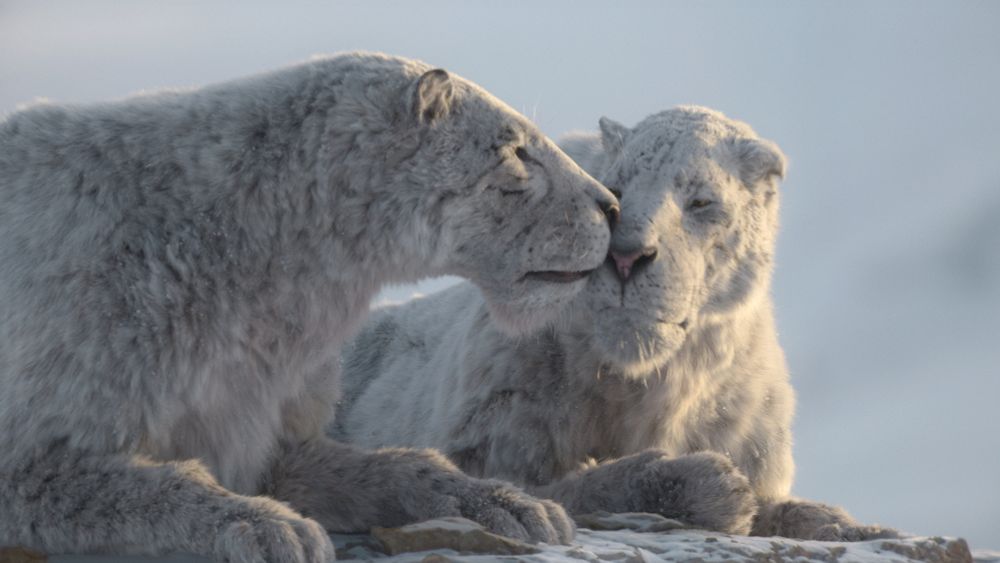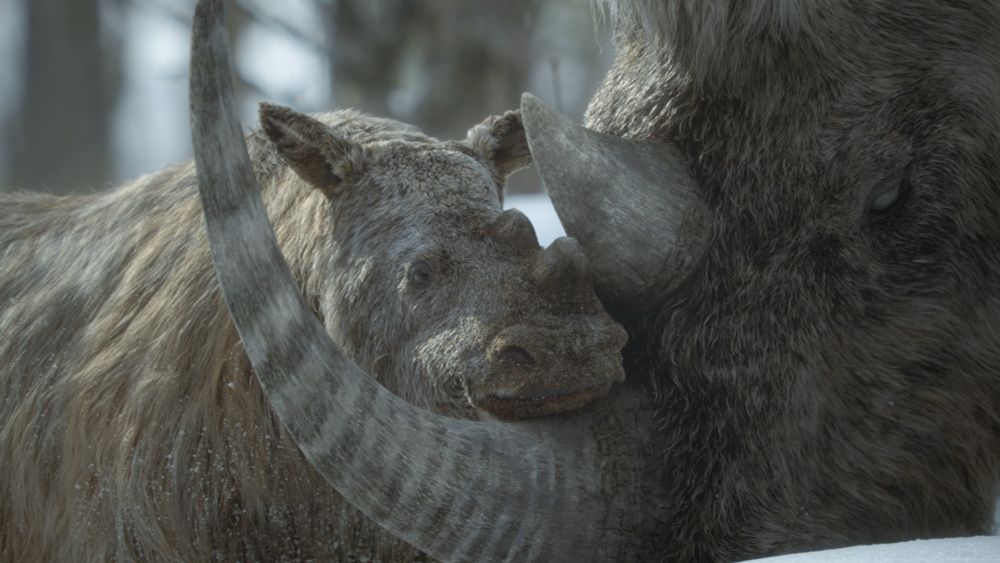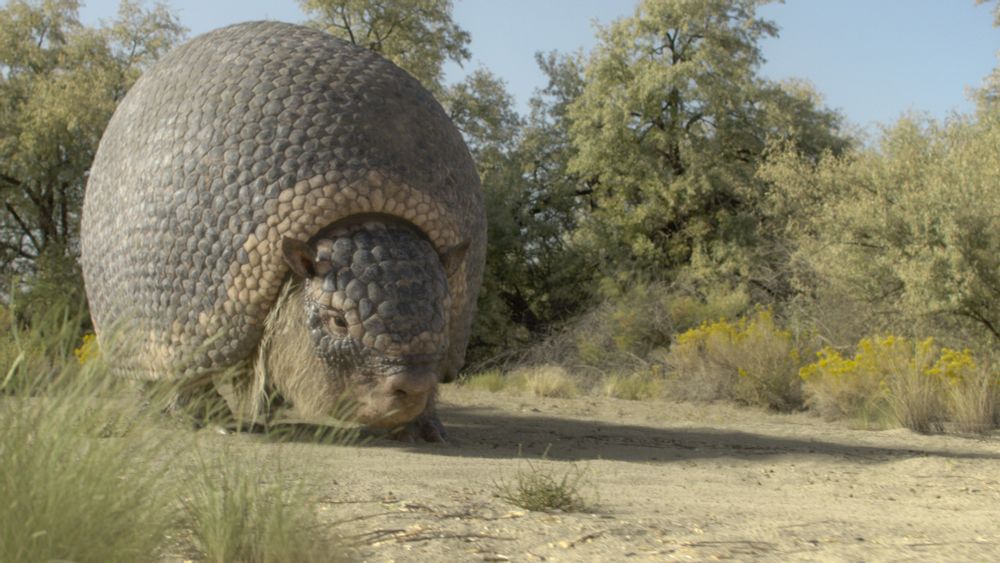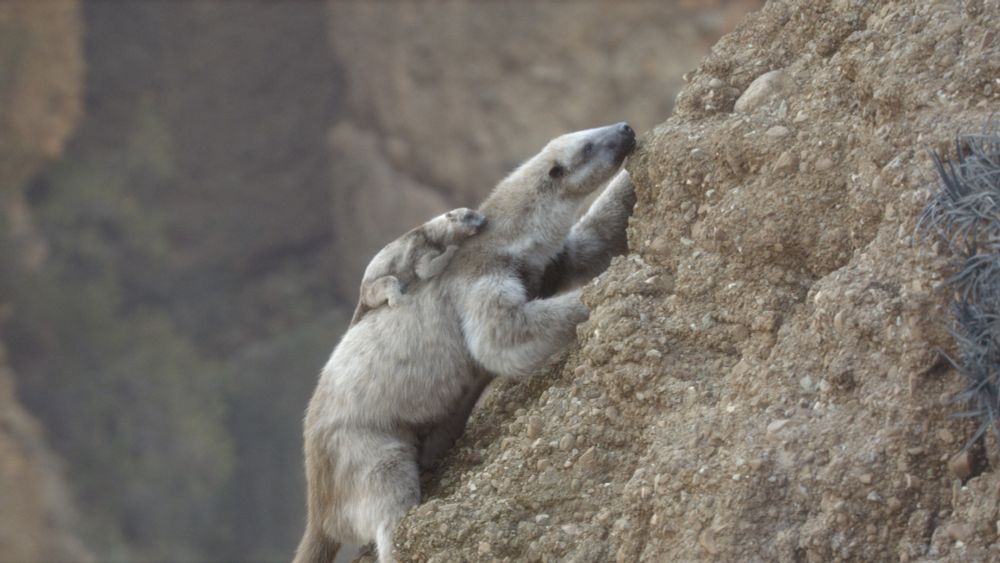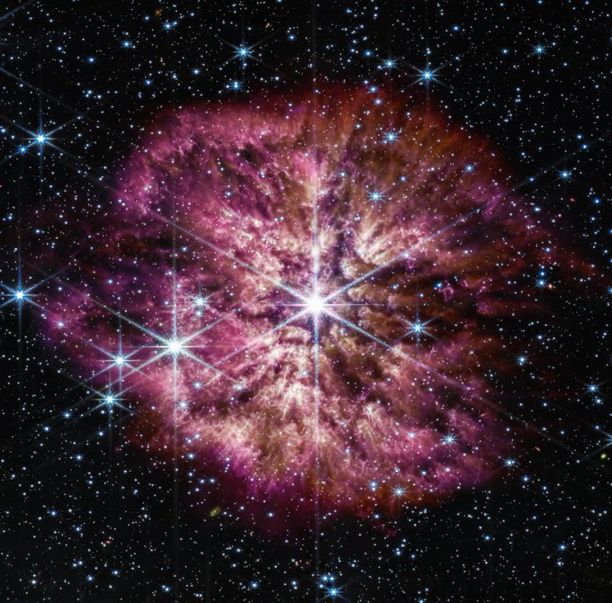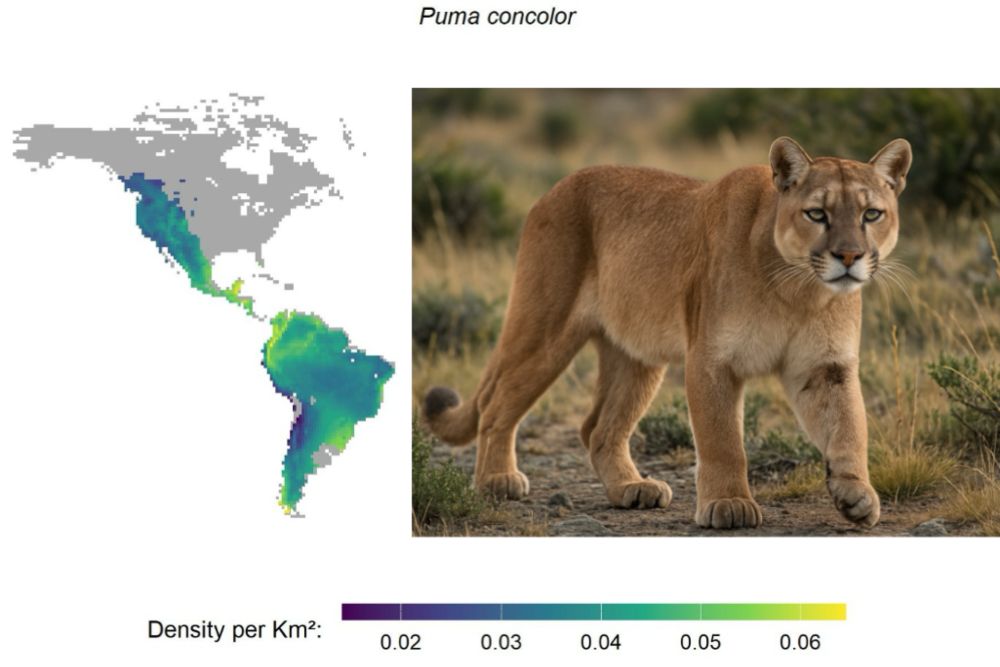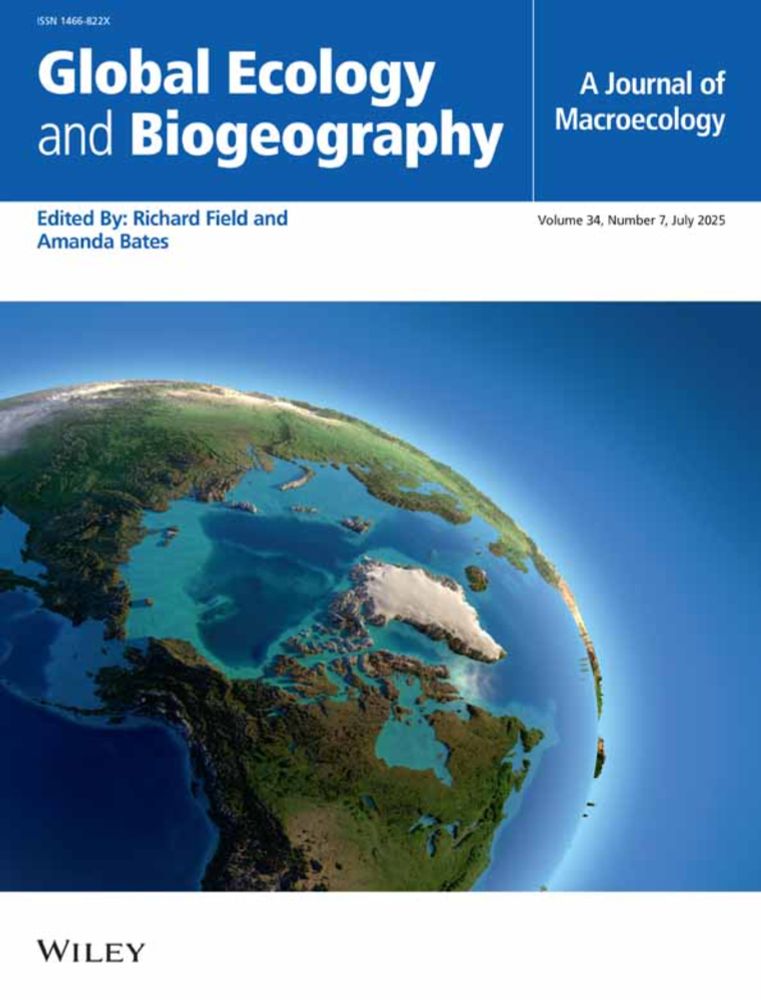Bruno do Rosario Petrucci
@brpetrucci.bsky.social
140 followers
370 following
41 posts
🇧🇷 Computational paleobiology, macroevolution, Bayesian phylogenetics, and canids 🐶
PhD candidate @ Iowa State University
brpetrucci.github.io
Posts
Media
Videos
Starter Packs
Pinned
Reposted by Bruno do Rosario Petrucci
Casey Dunn
@caseywdunn.bsky.social
· Aug 28
Reposted by Bruno do Rosario Petrucci
Reposted by Bruno do Rosario Petrucci
April Wright
@wrightam.bsky.social
· Jul 15

Incorporating continuous characters in joint estimation of dicynodont phylogeny
Continuous characters have received comparatively little attention in Bayesian phylogenetic estimation. This is predominantly because they cannot be modeled by a standard phylogenetic Q-matrix approac...
www.biorxiv.org
Reposted by Bruno do Rosario Petrucci
Reposted by Bruno do Rosario Petrucci
Reposted by Bruno do Rosario Petrucci
Katie Mack
@astrokatie.com
· Jun 19
Reposted by Bruno do Rosario Petrucci
Katie Mack
@astrokatie.com
· Jun 19
Reposted by Bruno do Rosario Petrucci
Reposted by Bruno do Rosario Petrucci
Reposted by Bruno do Rosario Petrucci



